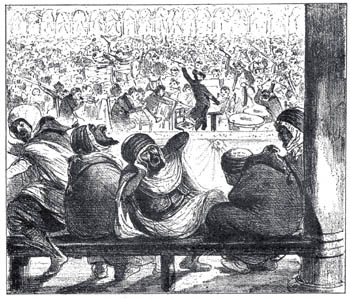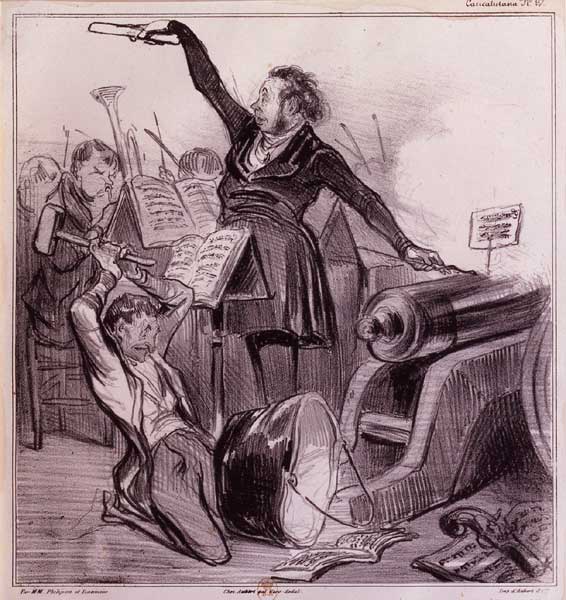What is the point of having woodwinds play a tutti passage when the brass and strings are playing ff or louder? You can barely hear them (if at all) with the possible exception of the piccolo. Do the woodwinds add volume? Subtle color? Do the composers just want to give the players something to do so they don't get bored? I have just put a ton of time into programming woodwinds that will probably go virtually unheard in the final mix. Therefore, I wonder what is the point of having them there in the first place?
Thanks,
Jay
Thanks,
Jay
 http://www.berliner-philharmoniker.de/uploads/pics/magazincover_03_2_small_02.jpg">
http://www.berliner-philharmoniker.de/uploads/pics/magazincover_03_2_small_02.jpg">


